What to know
The System for Enteric Disease Response, Investigation, and Coordination (also known as SEDRIC) is a secure, cloud-based platform for foodborne and animal contact outbreak investigations. It is developed in collaboration with a private sector partner.
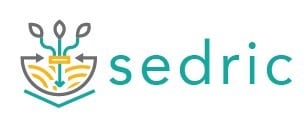
Sharing data in real time to solve outbreaks faster
Responding to multistate outbreaks requires close collaboration, communication, and data sharing among local, state, and federal health and regulatory officials. SEDRIC helps streamline and coordinate outbreak investigations by combining epidemiologic, laboratory, and traceback data in real time. This allows investigators across the U.S. to collaborate effectively and solve outbreaks quickly.
SEDRIC provides a model for data integration systems for other groups at CDC involved in outbreak response.
How does SEDRIC support outbreak investigations?

SEDRIC is web-based software system that can:
Integrate multiple surveillance data sources in real time.
- DNA fingerprints of bacteria from sick people and contaminated food or animals from CDC PulseNet
- Antibiotic resistance data from the National Antimicrobial Resistance Monitoring System
Visualize outbreak data rapidly in one place.
- Listing of ill people who are included in an outbreak investigation
- Epidemic ("epi") curves showing when people became ill
- Maps showing where and in what sequence people became ill
Provide a secure platform for partner collaboration.
- Sharing documents such as questionnaires, restaurant inspections, and other records
- Sharing food or animal traceback investigation diagrams
Manage a repository of historic surveillance and outbreak data.
- Data on past outbreaks from the National Outbreak Reporting System
- Historical information on bacteria found in foods or animals, on farms, and in production environments.
How does SEDRIC work?
SEDRIC provides tools that integrate multiple data streams including:
Outbreak Dashboards
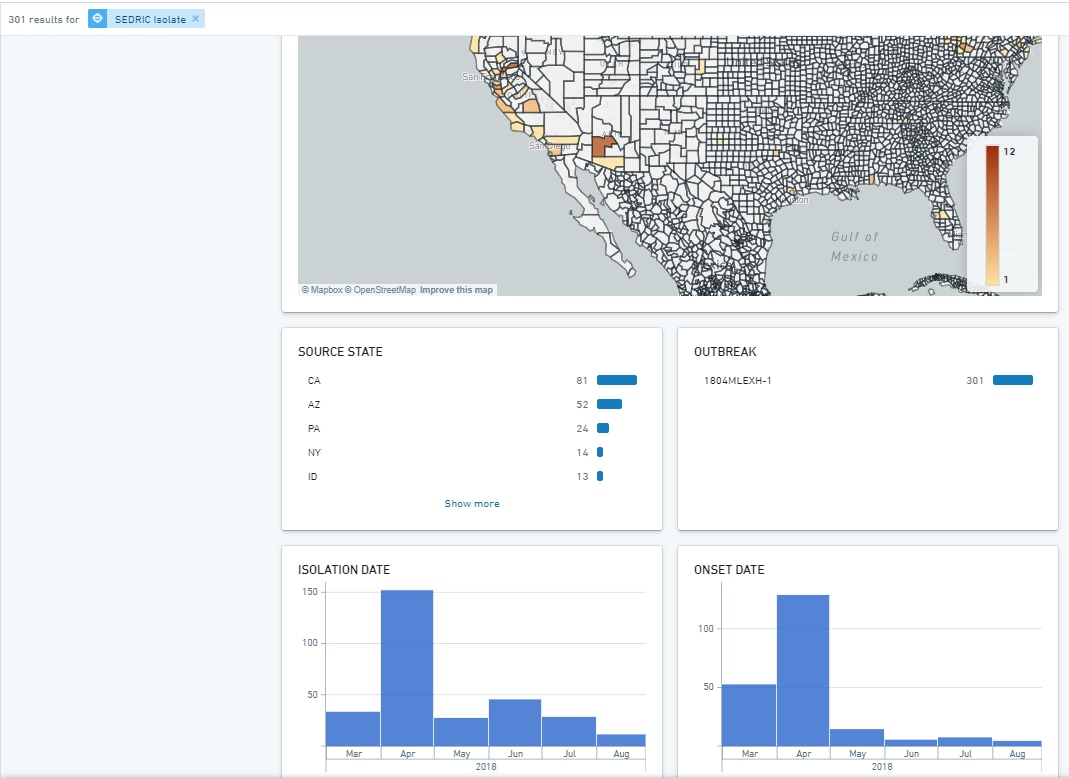
View summary data for outbreaks, including demographics, when illnesses occurred, and laboratory data
Maps
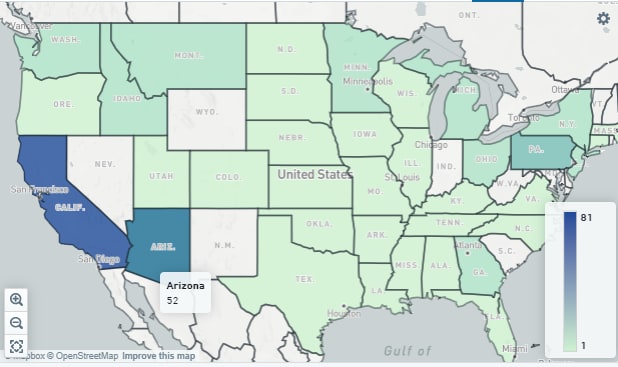
Visualize the geographic spread of illnesses, including capabilities to view illness distribution over time
Traceback Diagrams
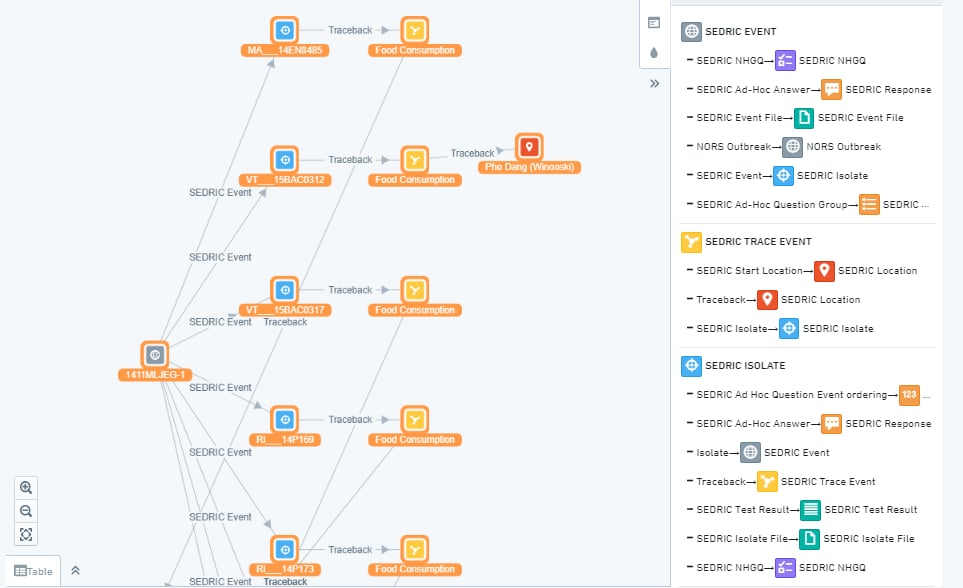
Construct complex diagrams to connect illnesses to a common point of contamination
Line Lists
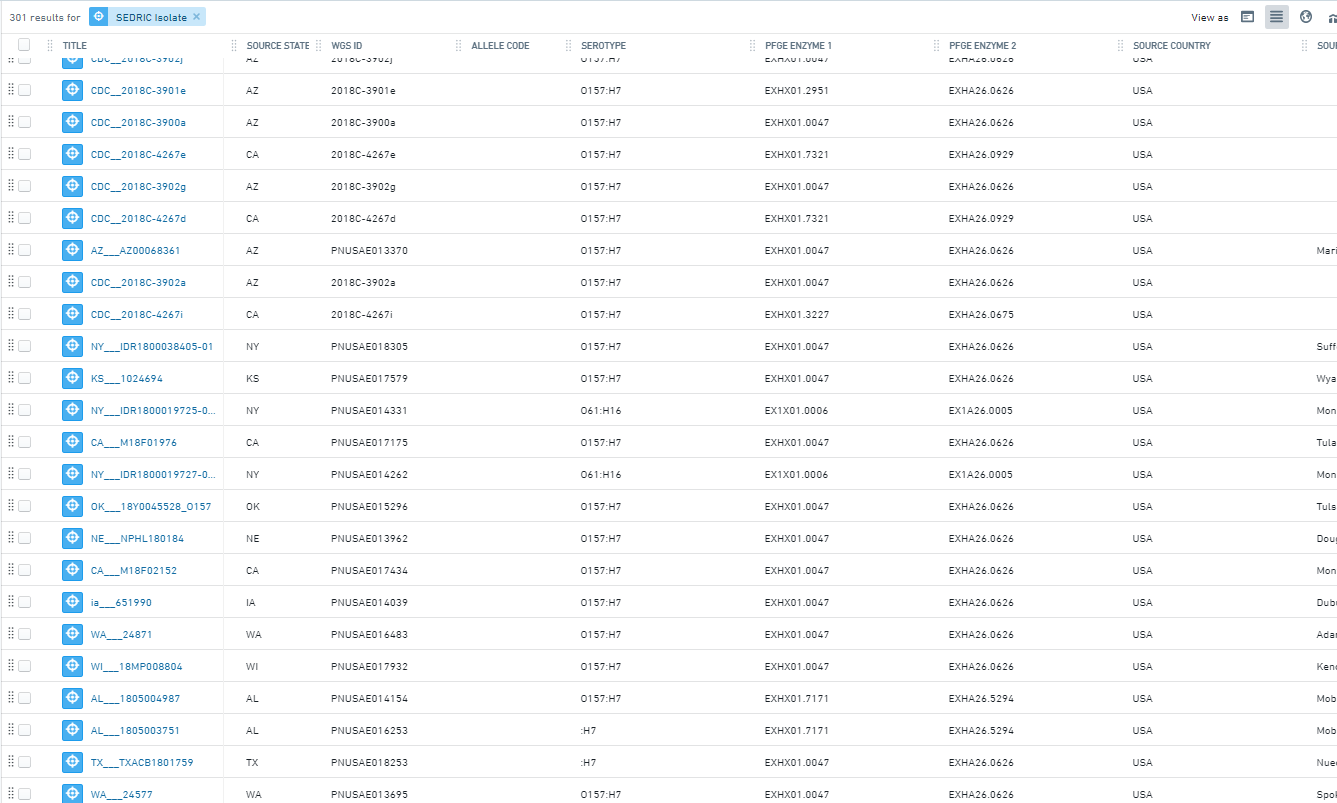
Create and edit lists of information about each ill person in an outbreak, including relevant demographic, clinical, laboratory, and exposure data. During the third largest Salmonella outbreak in CDC PulseNet history, SEDRIC successfully managed a line list of hundreds of cases that grew exponentially every day as new infections were reported. As state health officials identified new cases and interviewed them, they were able to add exposures to the SEDRIC line list in real-time, allowing CDC to detect the signal for cucumbers early on in the investigation.
Who uses SEDRIC?
CDC's partners who investigate foodborne and animal-related disease outbreaks have access to SEDRIC. More than 450 people are using SEDRIC, with users in all 50 states and Puerto Rico.
CDC partners using SEDRIC include:
- State and local health departments
- U.S. Department of Agriculture Food Safety and Inspection Service
- U.S. Food and Drug Administration
Tools
Download the SEDRIC factsheet
If you have any questions about SEDRIC, contact us at sedric@cdc.gov.
